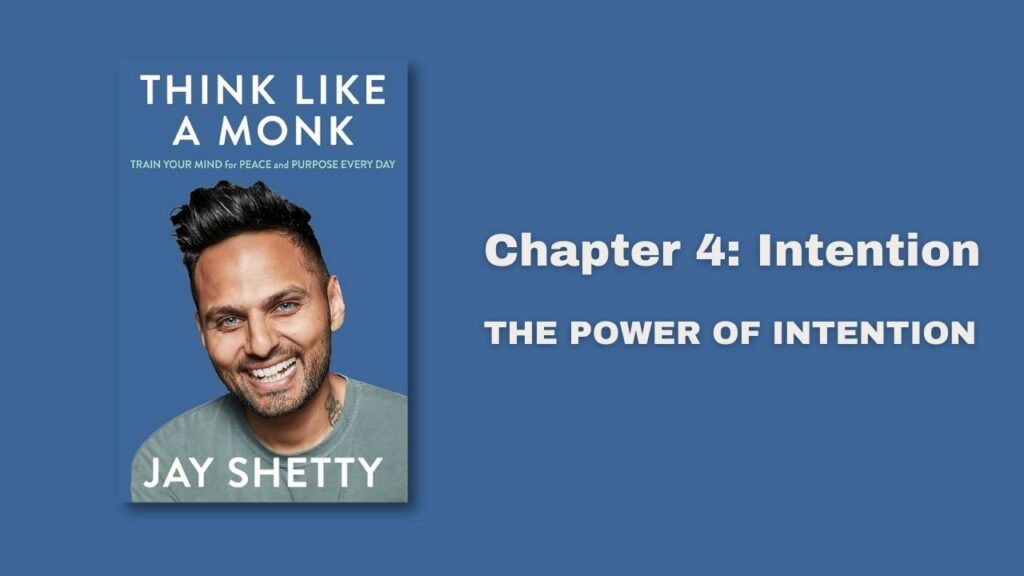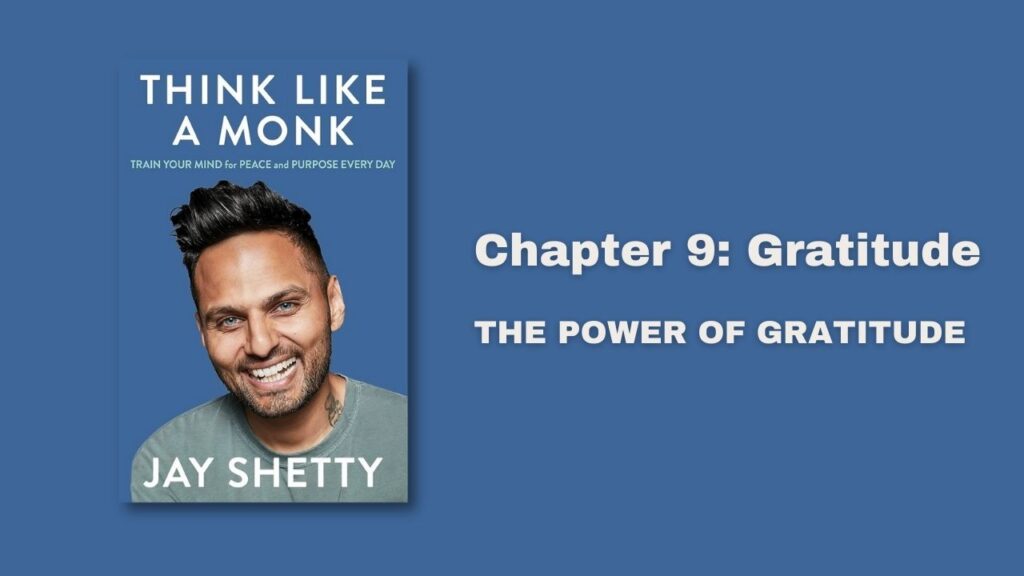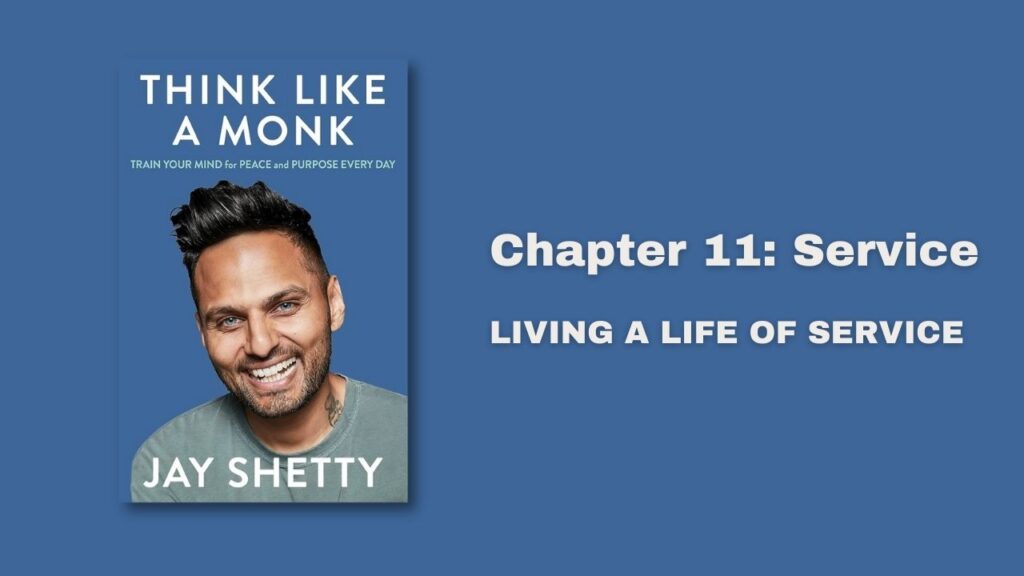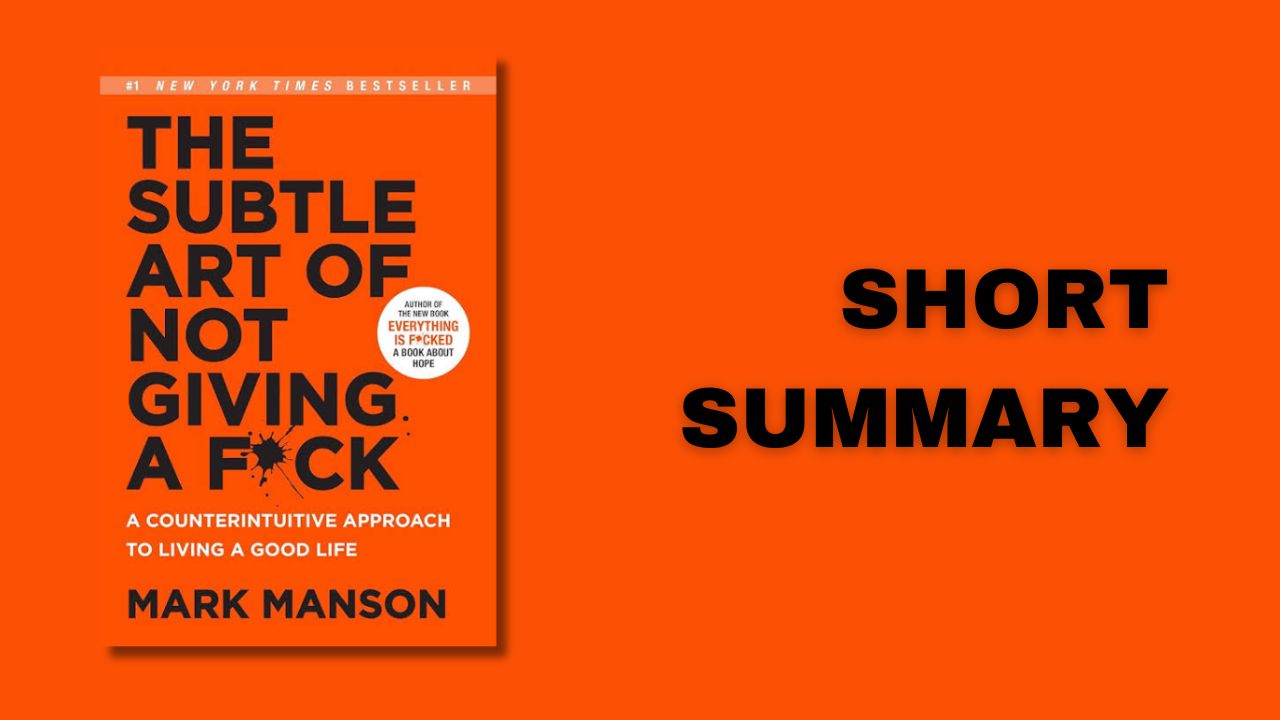
Listen in Audio Format
“Think Like a Monk” by Jay Shetty is a guide to finding purpose, peace, and clarity by applying principles from the ancient wisdom of monks to modern life. Shetty, who spent years as a monk before becoming a motivational speaker, shares practical advice and exercises to help people live more meaningful, balanced lives.
Introduction: Jay Shetty Journey

Jay Shetty starts by sharing his own story. He was once a business student in London, but after meeting a monk, he decided to spend three years living as a monk in India. During that time, he learned valuable lessons about life, happiness, and purpose. He realized that while not everyone can or wants to become a monk, the principles monks live by can benefit anyone.
Part 1: Let Go

This part of the book is about letting go of the things that hold us back, such as negative thoughts, unhealthy comparisons, and material attachments.
Chapter 1: Identity – Letting Go of Who You Think You Should Be

Many of us live our lives trying to meet others’ expectations, whether it’s family, society, or social media. Shetty explains that we need to shed these false identities and discover who we really are. He emphasizes the importance of understanding our values and aligning our lives with them.
Start by identifying what you truly value in life (like honesty, compassion, etc.). Then, assess whether your daily actions reflect those values. If they don’t, make adjustments to live more authentically.
Chapter 2: Negativity – Letting Go of Negative Thoughts

We all have negative thoughts that can hold us back. Shetty explains that these thoughts come from our fears and insecurities. He suggests that by becoming aware of these thoughts and challenging them, we can reduce their power over us.
Practice mindfulness to become more aware of your negative thoughts. When you notice them, ask yourself if they are really true or just fears. Replace them with positive affirmations or constructive thoughts.
Chapter 3: Fear – Letting Go of Fear

Fear is one of the biggest obstacles in life. It stops us from taking risks and trying new things. Shetty discusses how monks face their fears by understanding them and not letting them control their actions.
Identify your biggest fears and write them down. Then, break them down into smaller, manageable parts. Take small steps to face those fears, rather than avoiding them.
Chapter 4: Intention – The Power of Intention

Many people act without clear intentions, which leads to unfulfilling lives. Shetty emphasizes the importance of setting intentions based on your values. When your actions are driven by positive intentions, they lead to better outcomes and more satisfaction.
Before starting any task, take a moment to set a clear intention. Ask yourself why you are doing it and what you hope to achieve. This makes your actions more purposeful and aligned with your values.
Part 2: Grow

This part focuses on cultivating positive habits, developing resilience, and finding purpose.
Chapter 5: Purpose – Finding Your Purpose

Purpose is what gives life meaning. Shetty explains that purpose is often found in service to others. By focusing on how you can contribute to the world, you find a deeper sense of fulfillment.
Reflect on your strengths and passions, and think about how you can use them to help others. Volunteering or mentoring can be a great way to start living with purpose.
Chapter 6: Routine – The Power of Routine

Monks live by strict routines, which help them stay focused and disciplined. Shetty argues that having a daily routine can help anyone reduce stress, increase productivity, and maintain balance in life.
Create a morning and evening routine that includes activities that nourish your mind, body, and spirit, like meditation, exercise, or reading. Stick to this routine to build discipline and structure in your life.
Chapter 7: The Mind – Mastering Your Mind

The mind is powerful, but it can also be our biggest obstacle. Shetty explains how monks train their minds through meditation and mindfulness to stay calm and focused. By mastering your mind, you can control your emotions and reactions, leading to a more peaceful life.
Start meditating daily, even if it’s just for a few minutes. Focus on your breath and try to clear your mind of distractions. Over time, this practice will help you stay calm and focused in everyday life.
Chapter 8: Ego – Letting Go of Ego

The ego is the part of us that seeks validation, recognition, and control. Shetty explains that letting go of the ego leads to true contentment and inner peace. Monks practice humility and detachment from the ego to stay grounded and compassionate.
Practice humility by doing things that don’t involve recognition or praise. For example, help someone without telling anyone or spend time listening to others without interrupting or giving advice.
Part 3: Give

The final part of the book is about how we can give back to others, build meaningful relationships, and live a life of service.
Chapter 9: Gratitude – The Power of Gratitude

Gratitude is a powerful practice that monks use to cultivate joy and contentment. Shetty explains that by focusing on what we have rather than what we lack, we can develop a more positive outlook on life.
Start a daily gratitude journal where you write down three things you’re grateful for every day. This helps shift your focus from what’s missing to what’s abundant in your life.
Chapter 10: Relationships – Building Healthy Relationships

Relationships are essential for happiness, but they can also be challenging. Shetty discusses how monks approach relationships with compassion, understanding, and communication. He offers advice on how to build and maintain healthy, supportive relationships.
Practice active listening in your relationships. Instead of thinking about what you’ll say next, really listen to what the other person is saying. This builds deeper connections and understanding.
Chapter 11: Service – Living a Life of Service

The ultimate goal of life, according to Shetty, is to serve others. He explains that service is not just about big acts of charity; it’s also about small, everyday actions that make a difference in people’s lives. Living a life of service leads to greater happiness and fulfillment.
Look for ways to serve others daily, whether it’s helping a colleague, supporting a friend, or volunteering in your community. The more you give, the more you receive in terms of happiness and purpose.
Conclusion: Think Like a Monk

The book concludes by encouraging readers to adopt the mindset of a monk, even in the chaos of modern life. Shetty reminds us that we can all find peace, purpose, and fulfillment by letting go of what doesn’t serve us, growing into our best selves, and giving back to others.
Thinking like a monk is about living with intention, compassion, and purpose. By applying these principles, we can lead happier, more meaningful lives.
“Think Like a Monk” is a practical guide to living a more meaningful, peaceful, and purposeful life by adopting the timeless wisdom of monks. It’s about finding balance, letting go of negativity, and focusing on what truly matters in life.
Read the Complete Book





